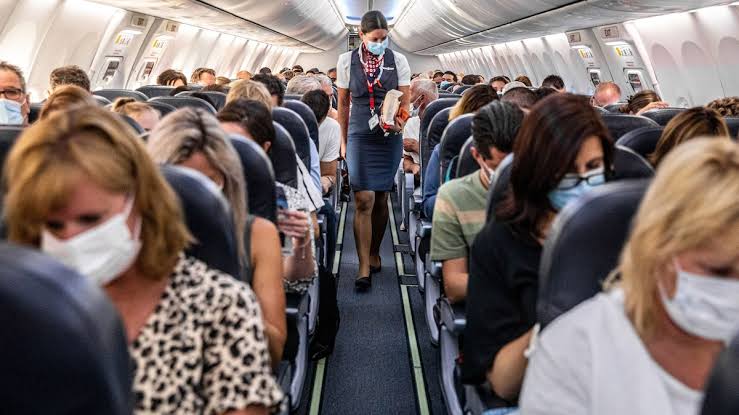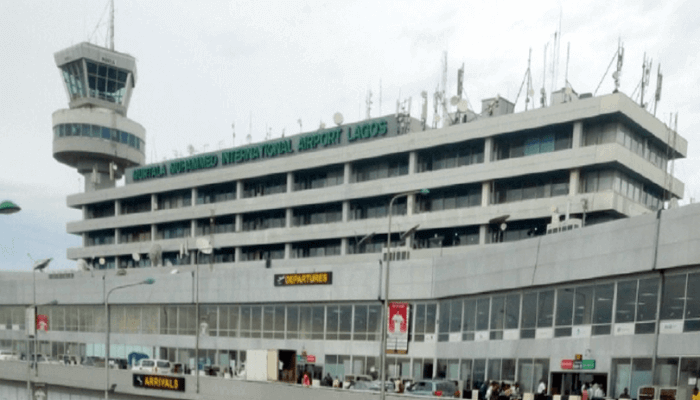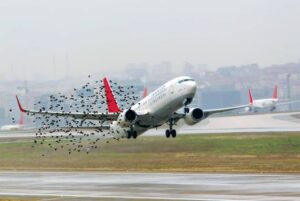Risk mitigation strategies to consider in aviation management
The primary objective of risk mitigation strategies in aviation safety management system programs is usually detailed as being a plan to implement risk controls that reduce the likelihood/severity of each identified specific risk. However, this risk mitigation plan can be limited, which means that it does not address the mitigation of hazard occurrence and may need much more revisiting to control those unnoticed hazards.
1. Risk Avoidances
Risk Avoidance strategy is the most common way to reduce and avoid risk in aviation. This involves electing a different type of activity to accomplish goals; or
Non-participation in the operation, procedure, etc.
The most common avoidance occurrence includes;
– Investing in aviation SMS software to avoid having incomplete or incorrect data (that issued to make safety decisions).
– Deicing aircraft only when the aircraft is secure (to avoid deicing agent mist from entering the aircraft and endanger passengers).
– Having a list of criteria that automatically cancel operation (such as certain fog level prohibiting landing)
2. Risk Reductions
Risk reduction is the practice or keeping particular action, behavior, procedure, etc. to a minimum, or adopting actions to reduce severity. This strategy is probably the most common risk mitigation strategy in aviation SMS programs. The first purpose of this is to reduce the corresponding frequency of a particular hazard or risk occurrence. Risk reduction can also involve adopting actions designed to reduce the severity of potential hazard/risk occurrence.
3. Risk Transfer
Risk transfer is the practice of changing the responsibility of a hazard/risk by giving it to another party. The other party should be aware and accept this change of ownership.
4. Risk Assumption
Risk assumption arises after the Risk Assessment process. Risk assumption means that the risk is “assumed” or “taken on” by the airline or airport safety management system program. This is mostly a way an organization states that they are aware of the risk or hazards, they have analyzed or checked out the risk, and it is within their level of acceptability/unacceptability. Hazards which fall within this limit are often followed up and tended to after to avoid unnecessary safety issues.
5. Segregation of risk exposure.
The segregation of risk exposure has to do with the isolation of safety issues in aviation.
The idea is that by isolating specific causes of hazard and risk occurrence, and distributing those causes among multiple controls, people, locations, etc. Overall exposure of the organization is reduced and controlled to a minimum level.













